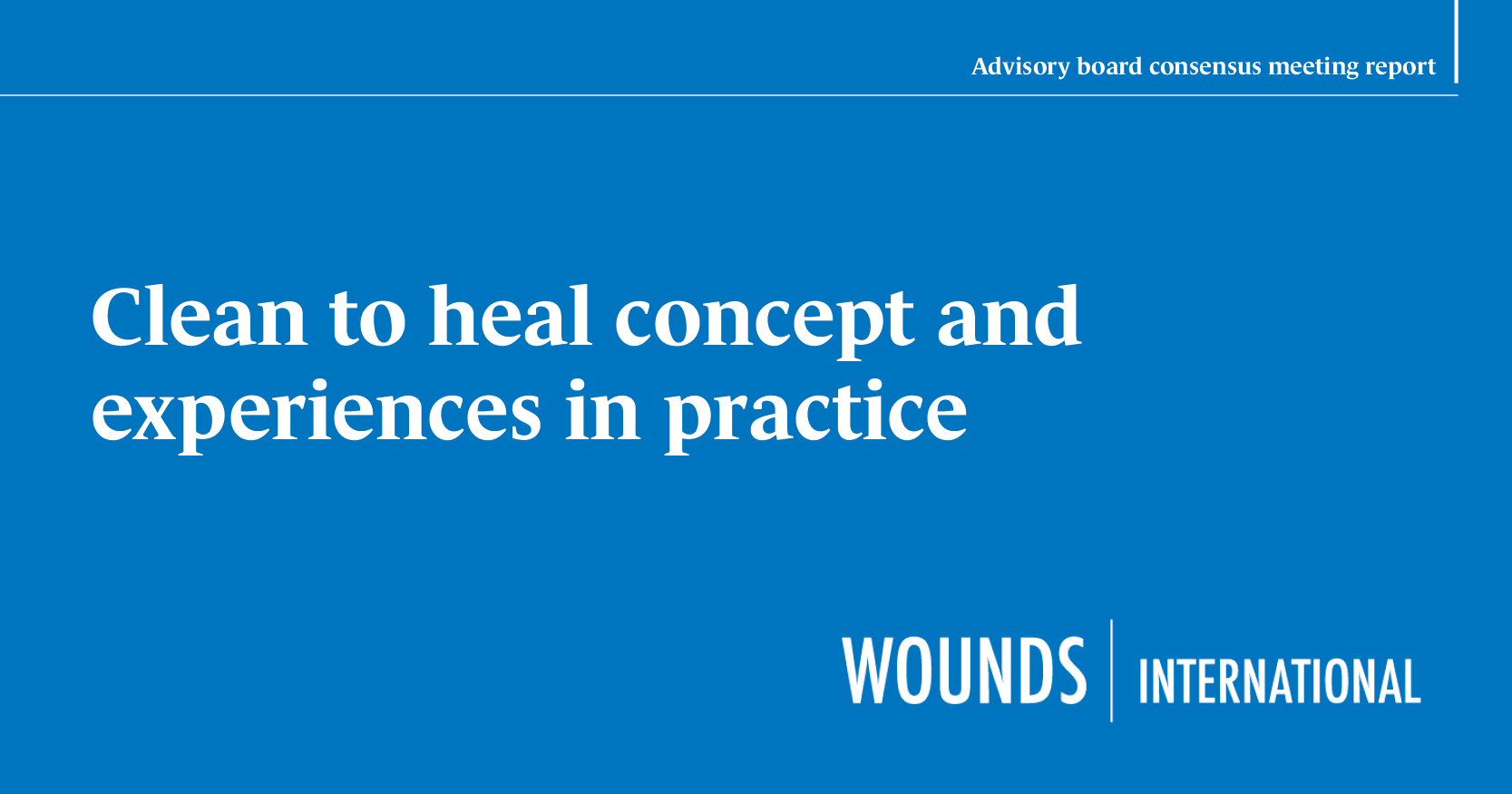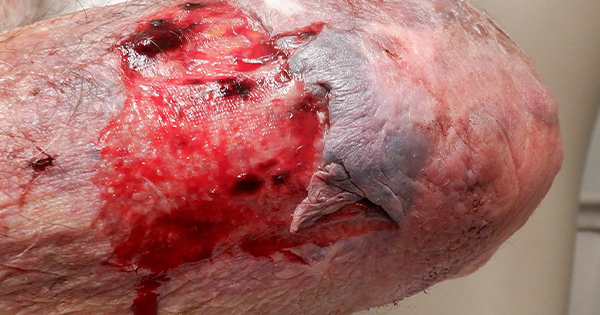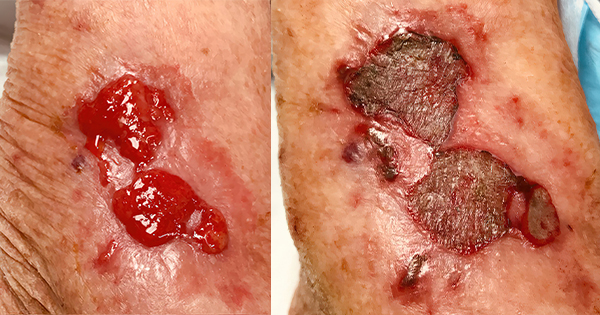<p>Background: Human myiasis in bancroftian filariasis endemic areas, although rarely reported in the literature, might pose an important aggravating factor for patients with swollen limbs with wounds, such as varicose ulcers and mossy lesions (lymphangiomatosis).</p>n<p>Aims: To study the occurrence, clinical and parasitological characteristics of wound myiasis in individuals living in a filariasis endemic area in Brazil.</p>n<p>Methods: The study was conducted at the Center for Teaching, Research and Tertiary Referral for Bancroftian Filariasis (NEPAF) in Recife, Brazil. Data were extracted retrospectively from the patients’ charts, which included information on the type of treatment used as well as the psychosocial aspects of the disease.</p>n<p>Results: Myiasis caused by <em>Cochliomyia hominivorax</em> was identified in 21 of 832 (2.5%) patients with swollen limbs.</p>n<p>Conclusions: The authors hypothesise that in a filariasis endemic area in Brazil, patients with lymphangiomatosis and myiasis are at increased risk of secondary bacterial skin infections. Oral ivermectin was very effective against the larvae. The psychosocial burden for people with myiasis can be devastating, having consequences that go beyond the medical aspects of the infection. </p>






